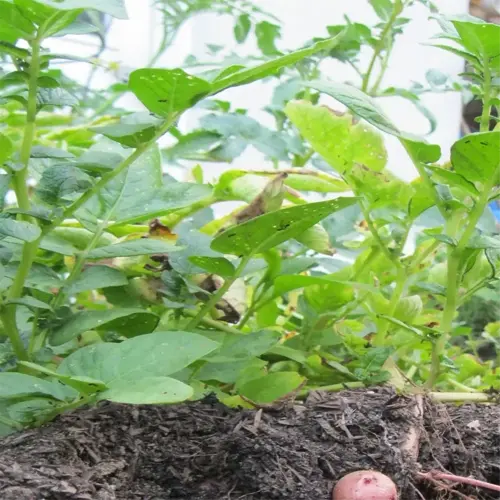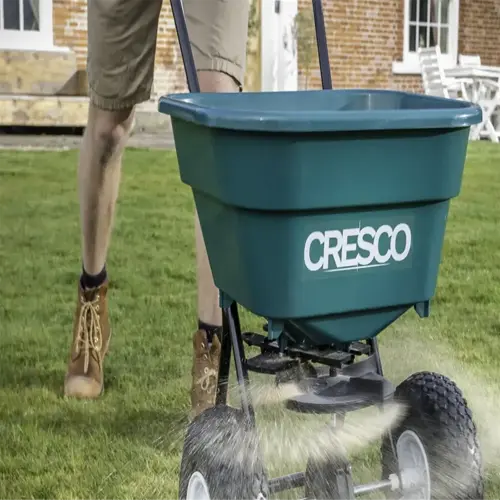Can you replant garlic from the same harvest?

Written by
Tina Carter
Reviewed by
Prof. Charles Hartman, Ph.D.Replanting garlic from your harvest means you'll need to decide which cloves to select, and when! You want to save only the biggest cloves to replant, and should ideally have made this decision before harvesting. One year I saved small cloves (the smallest from disease-free bulbs), and in the following season the crop was a productive disaster; they were small and not of good storage potential. You want to ensure you replant the large, locally adapted garlic cloves from vigorous plants that showed no signs of pests or pest damage.
Seed Selection Protocol
- Choose cloves weighing 5-7 grams minimum
- Discard cloves with brown streaks or soft spots
- Preserve 3-4 wrapper layers during separation
- Treat cloves with fungicide dip pre-planting
Field Preparation Steps
- Rotate planting beds 3 years minimum
- Amend soil with aged compost 4 weeks pre-planting
- Test soil pH (6.0-6.5 ideal)
- Install rodent deterrents around beds
It's essential to prepare the soil 6 weeks before replanting. During this time I will till up the beds to a depth of 12 inches (1 foot), and mix in 2 inches of compost. Also, for fall plantings, I would add mulching after the first frost. If garlic is spring planted, row covers provide some protection during late frost events. Water every few days but, not too much, until shoots emerge.
To avoid the transfer of these pathogens to the next set of crops, solarization of the beds is an option between crops for periods of 6 weeks in the summer under a clear plastic cover. This practice eliminated my problem with white rot. Garlic is an allium and shouldn't be planted again where alliums previously were grown, so I recommend planting a legume or brassica during crop rotation.
Read the full article: When to Harvest Garlic: Expert Tips for Perfect Timing

